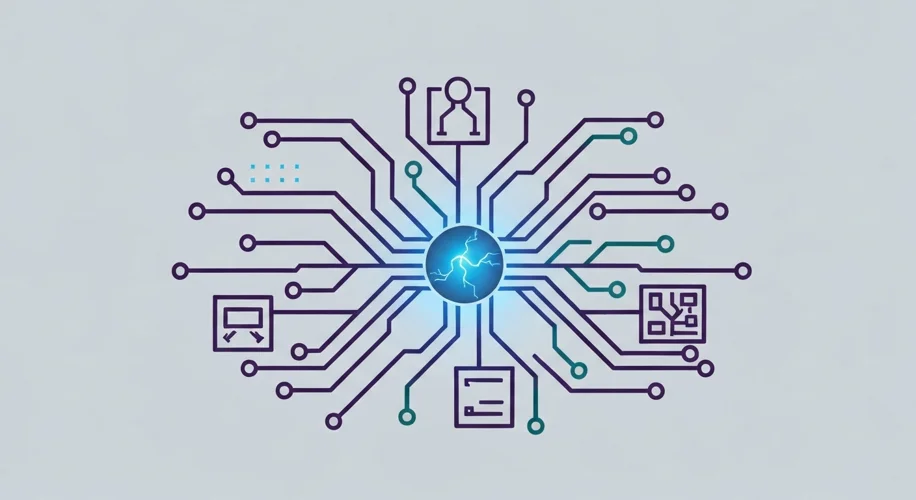It feels like every other week, there’s a new announcement about a large language model (LLM) or a generative AI system. Many of these groundbreaking advancements are built on the transformer architecture, a design that has truly reshaped the field of artificial intelligence over the last several years. We’ve seen incredible progress, from understanding complex language to generating creative text and images.
But is the transformer the only path forward? When Meta recently shared its research into alternative AI architectures, it got me thinking. Is Meta blazing a new trail, or is this part of a larger industry trend? From my perspective, having spent decades in the tech world, I can tell you that innovation rarely comes from a single source or a single idea.
The transformer architecture, introduced in a 2017 paper titled “Attention Is All You Need,” was a significant leap. It allowed AI models to process information more efficiently, particularly by paying attention to different parts of the input data. This has been key to the success of models like GPT-3, BERT, and many others we interact with daily.
However, any field as dynamic as AI research is constantly exploring new frontiers. Even as transformers dominate the current landscape, researchers are acutely aware of their limitations and potential areas for improvement. Think about computational cost, energy consumption, and the sheer scale required to train these massive models. These are not trivial challenges.
So, when Meta discusses architectures like their “Unified Network” (which aims to handle diverse data types like text, images, and audio within a single model) or explores other non-transformer approaches, it’s less a sign of Meta being alone and more an indicator that the industry is, in fact, thinking deeply about what comes next. Companies and academic institutions worldwide are investigating different ways to build more efficient, versatile, and capable AI systems. This could involve revisiting older ideas with new computational power, or entirely novel concepts that we haven’t even conceived of yet.
What Meta is doing is certainly noteworthy, and their contributions to the AI community are significant. But they are not working in a vacuum. The pursuit of AI architectures beyond transformers is a natural progression for a field that thrives on pushing boundaries. It’s about optimizing for different tasks, reducing resource demands, and ultimately, building AI that is more robust and accessible. This ongoing exploration is crucial for the continued healthy development of artificial intelligence. We need a diversity of approaches to ensure that AI evolves in ways that benefit everyone.

